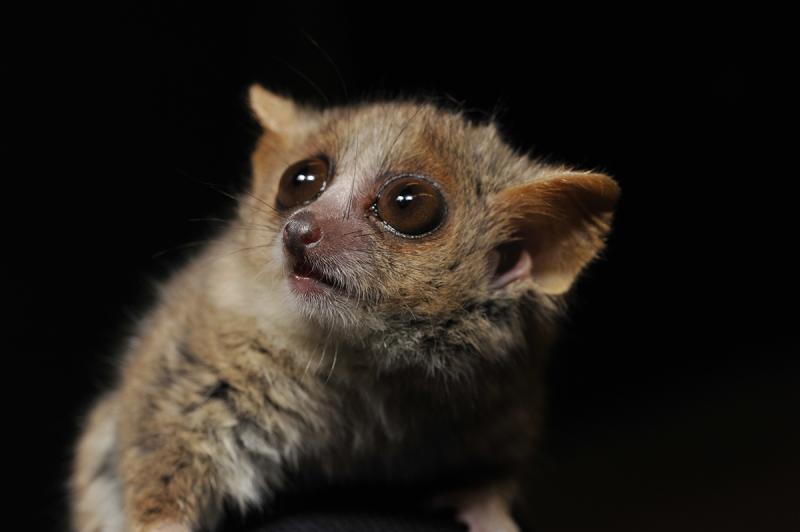The island nation of Madagascar conjures up images of lush rainforests, massive baobab trees, and a dizzying array of lemurs, chameleons and other unique wildlife in peril due to deforestation.
Human activities such as logging and slash-and-burn agriculture have dramatically altered the country’s forests since the first settlers arrived some 2000 years ago, but just how much of the island was forested before people got there remains a matter of debate.
An analysis of fast-changing mouse lemur DNA led by researchers at Duke University suggests that humans did not arrive to find Madagascar as tree-covered as frequently assumed.
Today, the 226,000-square mile island is flanked by forests along the coasts with vast open grasslands in the middle, like a bald head with just a rim of hair left around the sides.
Previous analyses of aerial photography and satellite images show that between 1950 and 1985, logging, mining and clearing space for crops and cattle wiped out half of the country’s remaining rainforests.
But what did Madagascar look like before people got there?
One long-held view, first suggested in the 1920s, is that trees blanketed the entire island from coast to coast, and that only 10 percent of the original forest cover remains today.
The study by Duke biology professor Anne Yoder and colleagues, appearing the week of July 18 in Proceedings of the National Academy of Sciences, adds to a growing body of research that is beginning to rethink this view.
Teacup-sized mouse lemurs are the world’s smallest and fastest-reproducing primates. As a result, their collective DNA reflects changes in their surroundings at a faster rate than many other mammals. “Their genomes are like historical tape recorders of environmental change,” Yoder said.
Duke graduate student and study co-author C. Ryan Campbell analyzed the genomes of mouse lemur species sampled from fifteen sites around the island using a technique called double-digest restriction-site associated DNA sequencing.
The data span 100,000 sites across the genomes, and represent 500,000 years of genetic change within five species of the mouse lemur family tree.
Rather than continuous forest, the results suggest that for roughly two million years before humans arrived, the center of the island was a patchwork of grasslands interspersed with woodlands and shrubs.
The patchwork served as a transition zone between the lush rainforests of the east and the dry forests of the west, the researchers say.
“Madagascar wasn’t completely covered by forests when humans arrived,” Yoder said. “We need to integrate that into our understanding of the ‘natural’ evolution of Madagascar’s biota.”
The data also support a previous hypothesis that the woodland habitats in the island’s interior went through periods of expanding and interconnecting, then contracting and breaking up, then reconnecting with other forest fragments over time.
This intermittent forest corridor made it possible for tree-dwelling mouse lemurs and other forest animals to intermingle and move from one side of the island to the other until about 55,000 years ago, when a hot dry period caused their forest habitat to retreat once again.
Previous studies of archeological and pollen data also support the idea.
The research could help shed light on why extinct animals like the 350-pound giant lemurs and the 10-foot-tall elephant birds all died out within a thousand years of human arrival.
“Perhaps these giant animals were already teetering on the edge of extinction, and humans were just the straw that broke the camel’s back,” Yoder said.
This study was funded by grants from the Duke Tropical Conservation Initiative and the National Science Foundation (DEB-1354610).
CITATION: “Geogenetic Patterns in Mouse Lemurs (Genus Microcebus) Reveal the Ghosts of Madagascar’s Forests Past,” Anne Yoder, C. Ryan Campbell et al. Proceedings of the National Academy of Sciences, July 18, 2016. DOI: 10.1073/pnas.1601081113


